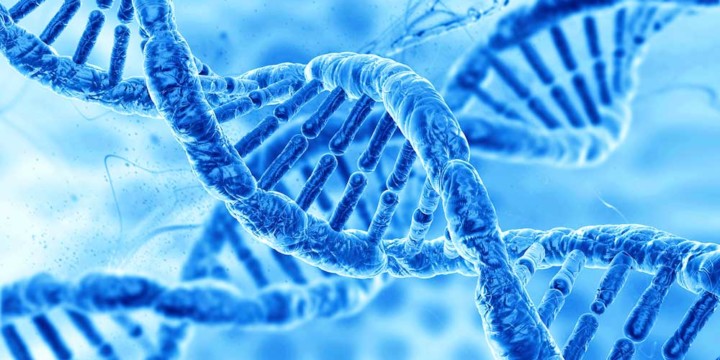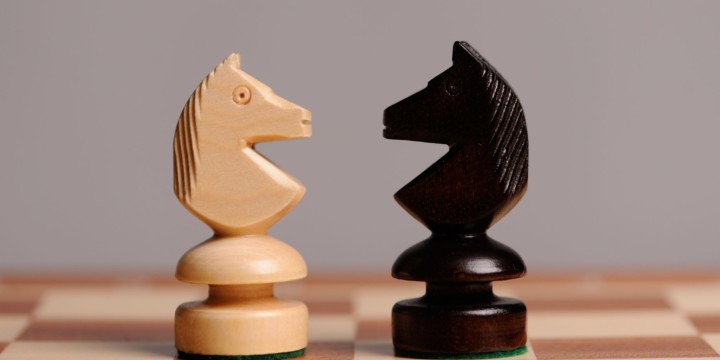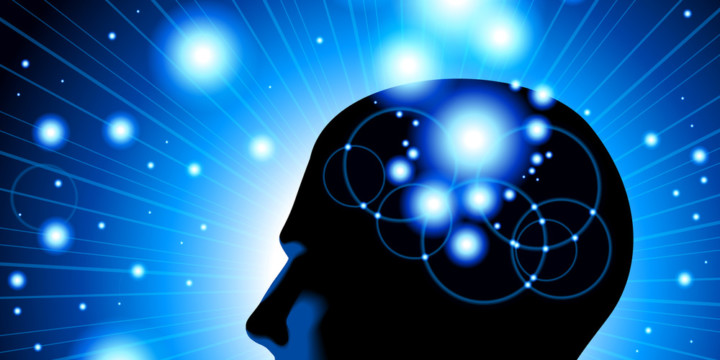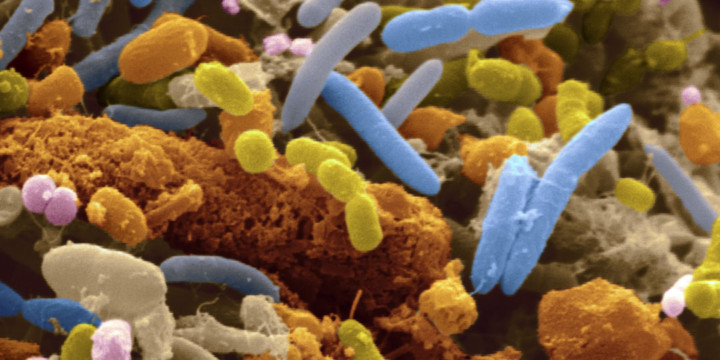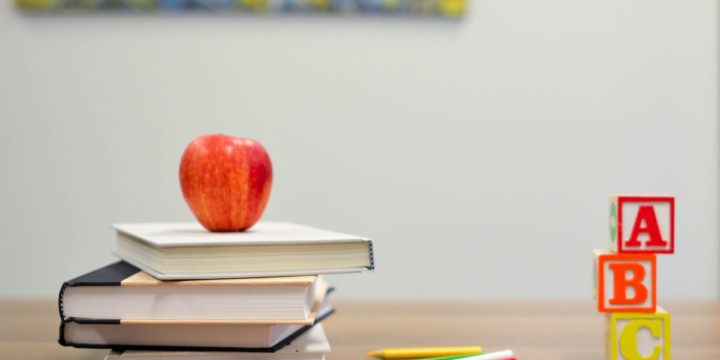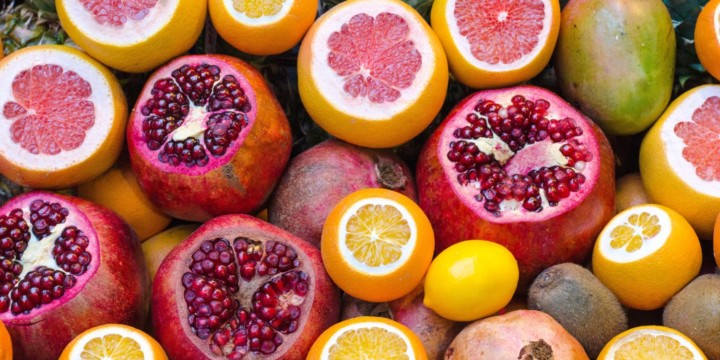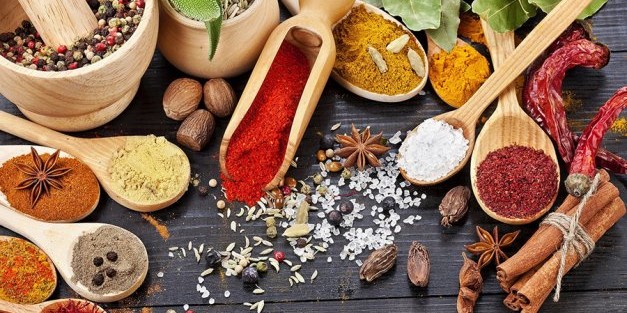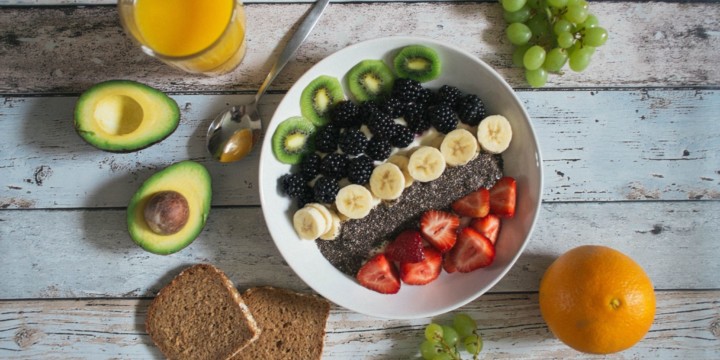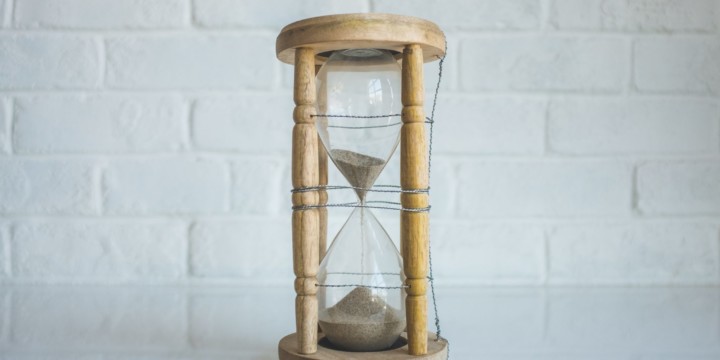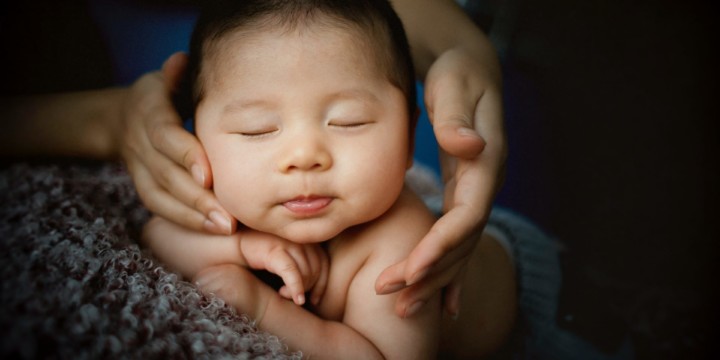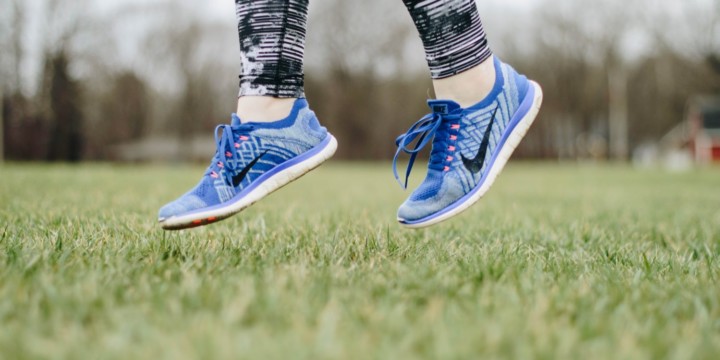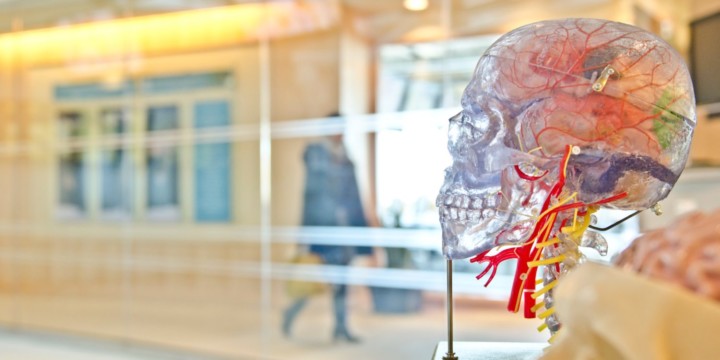Physiology of a Back pain
Back pain is a very common complaint. Although back pain may be painful and uncomfortable, it is not usually serious. Back pain can affect people of any age though it is observed more among older adults.
Back pain is typically divided into three distinct categories:
Lower back pain involves the lumbar region spine and its surrounding areas. As the most frequently occurring type of back pain, lower back pain is the most common cause of job-related disability.
Middle back pain affects the area of the spine between the lumbar and cervical areas. This region is also commonly referred to as the “thoracic” spine. Middle back pain occurs less frequently than lumbar and cervical back pain because the middle back moves less frequently than the lower back and neck, but it still has the potential to cause debilitating pain. MIddle back pain is mainly caused due to injuries in the thoracic region, involving the ribs and the related nerve fibers.
Upper back pain involves the upper regions of the spine and the neck, known as the cervical region. When an individual suffers from cervical pain, they may daily combat discomfort and stiffness in the neck and shoulder area.
Causes
- Bad posture, obesity, pregnancy, unsupportive footwear, defective mattress, degenerative changes due to aging
- Trauma caused due to fall, accident or by lifting heavyweight
- Bone fractures, osteoporosis (bone become porous), osteomyelitis (infection of the bone), scoliosis (abnormal curvature of the spine)
- Muscle or ligament strains, fibromyalgia
- Arthritis (pain in the joint), bone tumors, spondylitis
- Herniated discs, degenerative disc disease
- Kidney infection
Symptoms
- Dull or sharp pain, usually radiating pain is felt when the surrounding nerve is involved.
- Numbness, weakness and/or tingling in the affected area and associated limbs
- Fever
- Muscle aches or spasms
- Pain on movement
- Localized swelling, redness, and tenderness
Treatment in Allopathy
Treatment is planned based on the cause of the back pain
Diagnosis is arrived with the help of a clinical examination by the doctor and supporting investigation like x-ray, MRI or CT scan, bone scan and routine blood parameters
- Conservative management- Analgesics (painkiller), muscle relaxants
- Physiotherapy for muscle strengthening and reduce pain and stiffness
- Rest to reduce the stress on the spine
- Steroidal injections are given in severe conditions steroidal injections may be injected into the epidural space (space around the spinal cord) to alleviate the pain.
- Surgery when needed Eg: for fracture, ruptured disc, scoliosis, nerve entrapment etc.
Ayurveda and Back pain
Back pain is caused due to Apana vata or downward flowing wind. Vata governs the movement of the hips, lower back, thigh and all excretory processes of the body including menstruation.
Ayurvedic treatment for back pain
The Ayurvedic treatment involves undergoing panchakarma therapies, lifestyle and diet modifications, physiotherapy and yoga and administration of oral and topical herbs and medicines.
Panchakarma therapy
The Panchakarma therapies focus on detoxification of the body particularly of the colon, the seat of Vata dosha. These therapies also help to alleviate pain. Some of the therapies used are:
Sneha Basti and Kashaya Basti use medicated oils and medicated decoction as a purgative agent to cleanse the colon for better absorption of nutrients.
Kati basti: Flour dough is used to form a well on the lower back and is filled with warm oil. This treatment facilitates blood circulation in the area, relaxes the muscles reducing stiffness and pain.
Abhyanga and swedana where medicated oils are massaged onto the body and followed by a steam bath. These therapies not only relaxes the body but reduces the pain and inflammation.
Pizhichi where warm medicated oil is squeezed into the affected area using a cloth. This therapy helps to improve the muscle tone and strength
Kizh uses powders, herbs, and rice tied in a muslin cloth rubbed all over the body. This procedure by providing dry heat pacifies vata and relieves pain
Lifestyle modifications
Waking up early morning before sunrise and practicing yoga, meditation and pranayama are vital to treating back pain.
A person suffering from back pain should cultivate the habit of sleeping on a coir mat
Quit smoking and limit alcohol intake as they aggravate vata dosha.
Diet
- Vata pacifying diet is advised.
- A diet rich in healthy fats such as omega 3 fatty acids, ghee, butter, protein, complex carbohydrates is beneficial.
- Maintain a routine when it comes to food. Sip warm water during meals.
- Meat and spicy foods are best avoided.
- Fruits facilitate the healing process hence are very beneficial
Ayurvedic herbs
Castor oil (Ricinus communis): It has mild purgative property and is used to treat vata dominant disorders.
Guggulu (Commiphora mukul): It is a resin that has strong analgesic and anti-inflammatory properties
Ashwagandha (Withania somnifera): It rejuvenates and replenishes the body and thus reduce inflammation and pain
Nirgundi (Vitex negundo), Shallaki (Boswellia Serrata) and Sonth (Zingiber officinale) are herbs with analgesic properties that are useful in treating back pain
Yoga and Pranayama for Back Pain
Most of us take our back for granted and at some point in time, it needs care and attention too. As most of the back pains are temporary, yoga helps by strengthening the muscles, ligaments, and tendons and improving blood circulation.
Pranayama reduces stress and calms the mind and body. Some of the beneficial asanas for back pain are:
- Bhujangasana (cobra pose)
- Paschimottanasana (back or west stretch pose)
- Purvottanasana (upward plank pose)
- Halasana(plow pose)
- Rajakapotasana (king pigeon pose)
- Navasana (boat pose)
- Dhanurasana (bow pose)
- Ardha matsyendrasana (half fish pose)
- Marjariasana (cat pose)
- Bitilasana (cow pose)
- Adho mukha svanasana (downward facing dog pose),
- Trikonasana (triangle pose)
- Ustrasana (camel pose)
- Pavanamuktasana (wind relieving pose)
- Setu bandhasana (bridge lock pose)
- Shalabhasana (grasshopper pose)
Yoga Nidra is a state of conscious deep sleep that brings clarity, calmness and quietness that has great therapeutic value in healing aches and pains
Developing an awareness of the breath, its rate and rhythm helps ease back pain as it shifts the focus to breathing and not the pain.
Dirga and Ujjayi Pranayama increases blood and oxygen circulation in the body and facilitates healing
Naturopathy and back pain
Lifestyle has a major influence on back pain. Naturopathic treatment works very well for chronic back pain and recommends regular exercises and nutritious diet.
Treatment of back pain in naturopathy
Fasting and detox lie at the core of naturopathy treatment. Fasting on fruit and vegetable juices is carried out to get rid of the accumulated toxins in the body.
Firstly, colon hydrotherapy is done to cleanse the colon. Massages, steam therapy, mud therapy and hydrotherapy are some of the techniques used to ease back pain. Along with fasting liver and kidney detox carried out.
Detox should be carried out every 3 to 5 months for a person suffering from back pain.
Diet Modification
- A diet rich in healthy fats, calcium, and proteins such as cheese, yogurt, milk, eggs and sprouted grams is beneficial in treating back pain.
- Fresh fruits and vegetables deliver a good portion of vitamins and antioxidants that facilitate healing and regeneration of the intervertebral disc
- Potassium and magnesium-rich food such as squash, sweet potato, white beans, and yogurt are essential for muscular functions and their repair
- Water is a natural cleanser and very important to maintain the vitality of joints in the body
Lifestyle modifications
Most of the young adults encounter back pain and the reason is attributed to the incorrect posture, lack of stretching due to continuous long working hours, soft cushioned seats and stress, hence correction of all these problems is advised
- Regular exercise, swimming, walking, cycling, yoga, pranayama, and stretching is the key to treating back pain of any origin
- Investing in good ergonomic footwear suggested
- Maintaining a healthy weight is very important.
- It is beneficial to stretch your body whenever time permits
- Use a firm seat and back support
- Supporting the foot with a small stool when sitting for long duration is not only comfortable but also reduces the chances of suffering from back pain
- Sleep is as important as medicines in treating any aches and pain and so is the mattress, sleeping on a firm mattress with a pillow below the knees, if lying on the back or pillow between the knees if lying on the side, reduces back and neck pain.
- Avoid lifting heavy weight and bending directly to lift the object. Instead, squat first and then lift the weight, this reduces the strain on the back and shifts the weight to the legs
- Deep tissue massage with aromatic oils reduces stiffness and improves blood circulation
- Acupuncture, Tuina massage, and Chiropractic treatment are extremely beneficial in treating back pain
- Egoscue is a type of postural therapy that concentrates on treating musculoskeletal misalignments may also prevent and reduce back pain
- Ice packs or heat provide temporary relief
Botanical herbs
Capsaicin derived from chilies works as a painkiller by blocking the transmission of pain impulses to the brain
Pineapple contains an enzyme called bromelain and papain reduces inflammation and facilitates healing and alleviates pain
Fish oil is rich in omega 3 fatty acids are very important to maintain the congruity of the joints, promote healing and reduce pain
Ginger, turmeric, ginseng, valerian, feverfew, Devils claw are a few herbs that reduce inflammation and pain.

